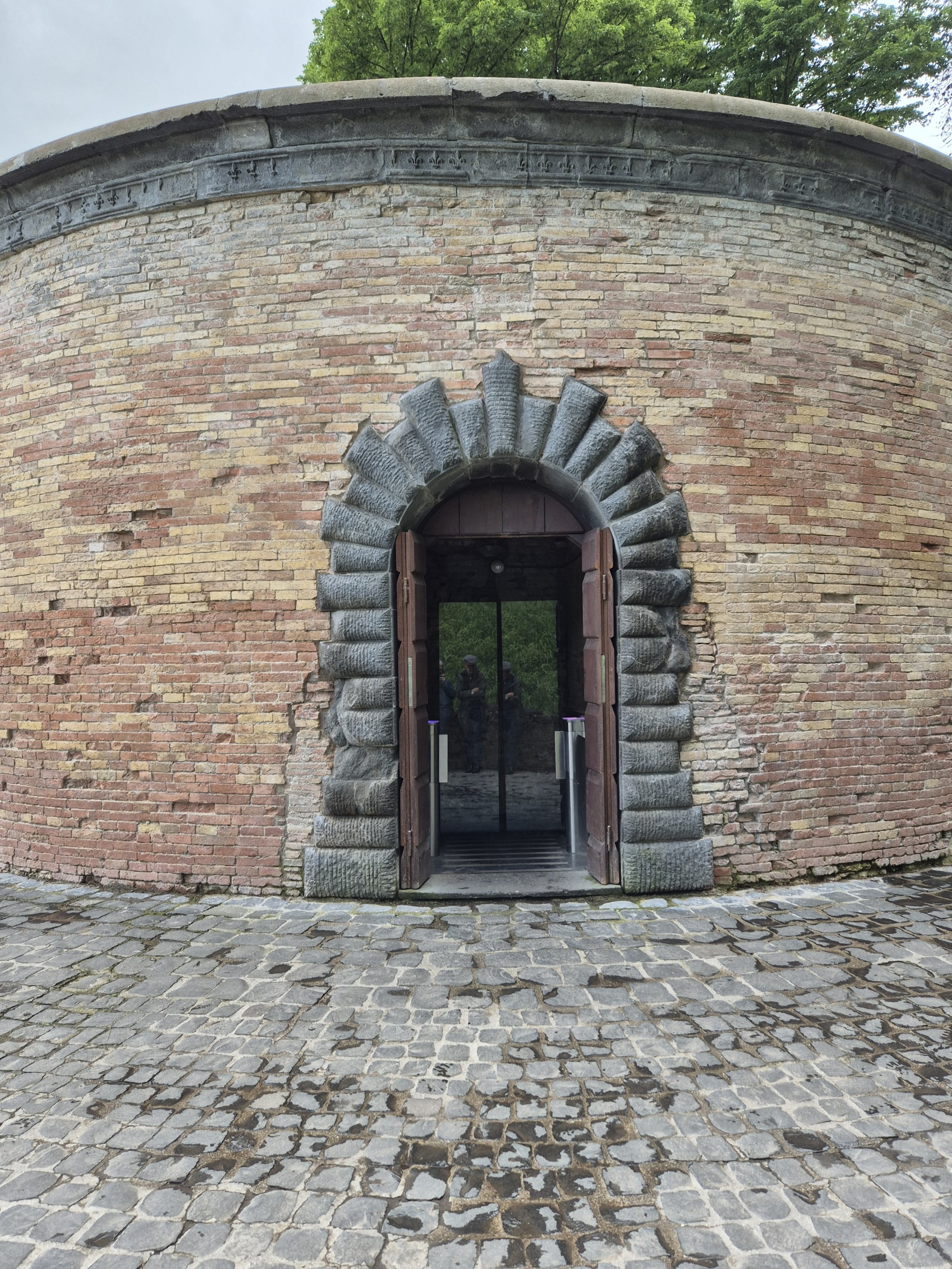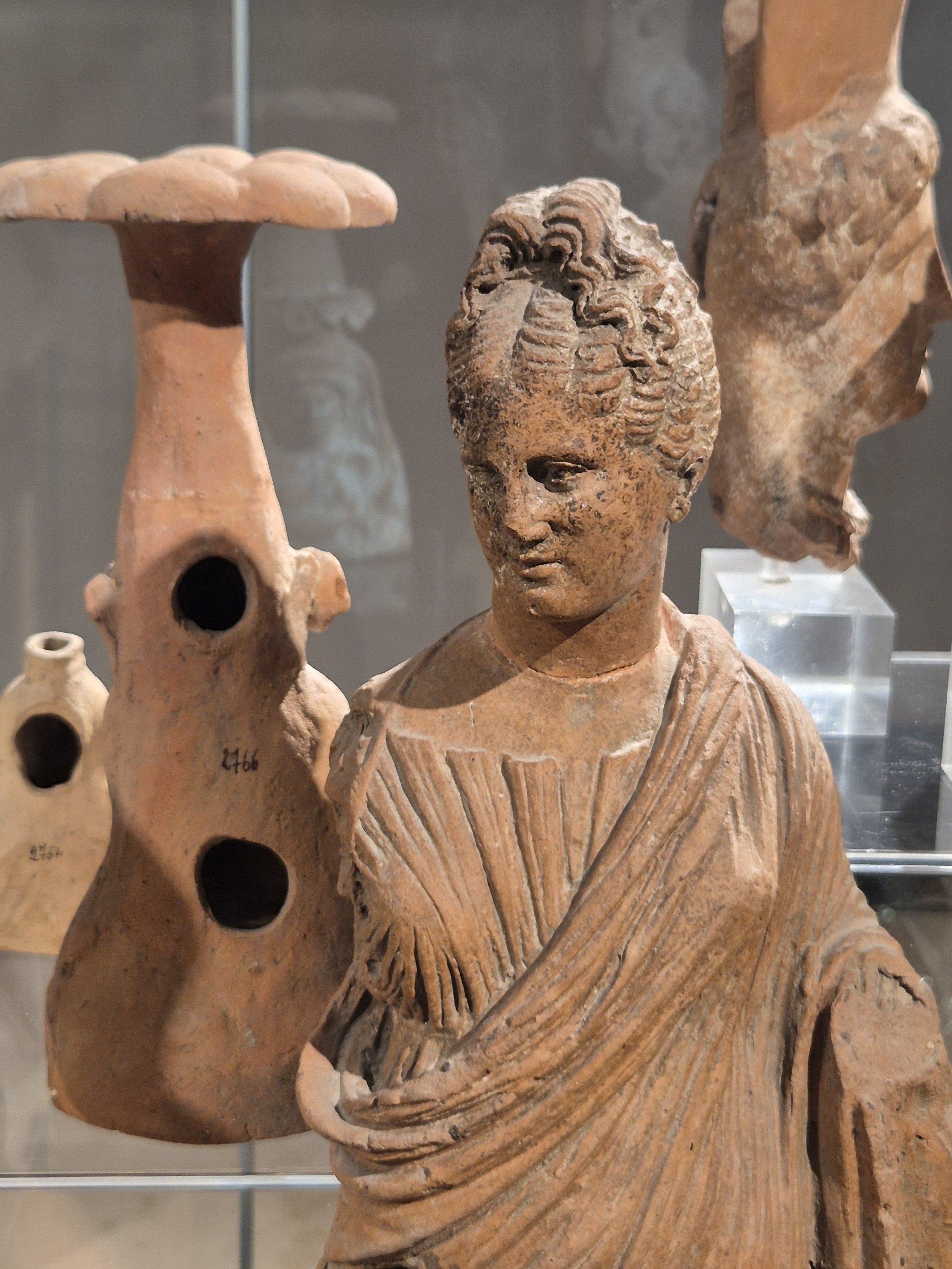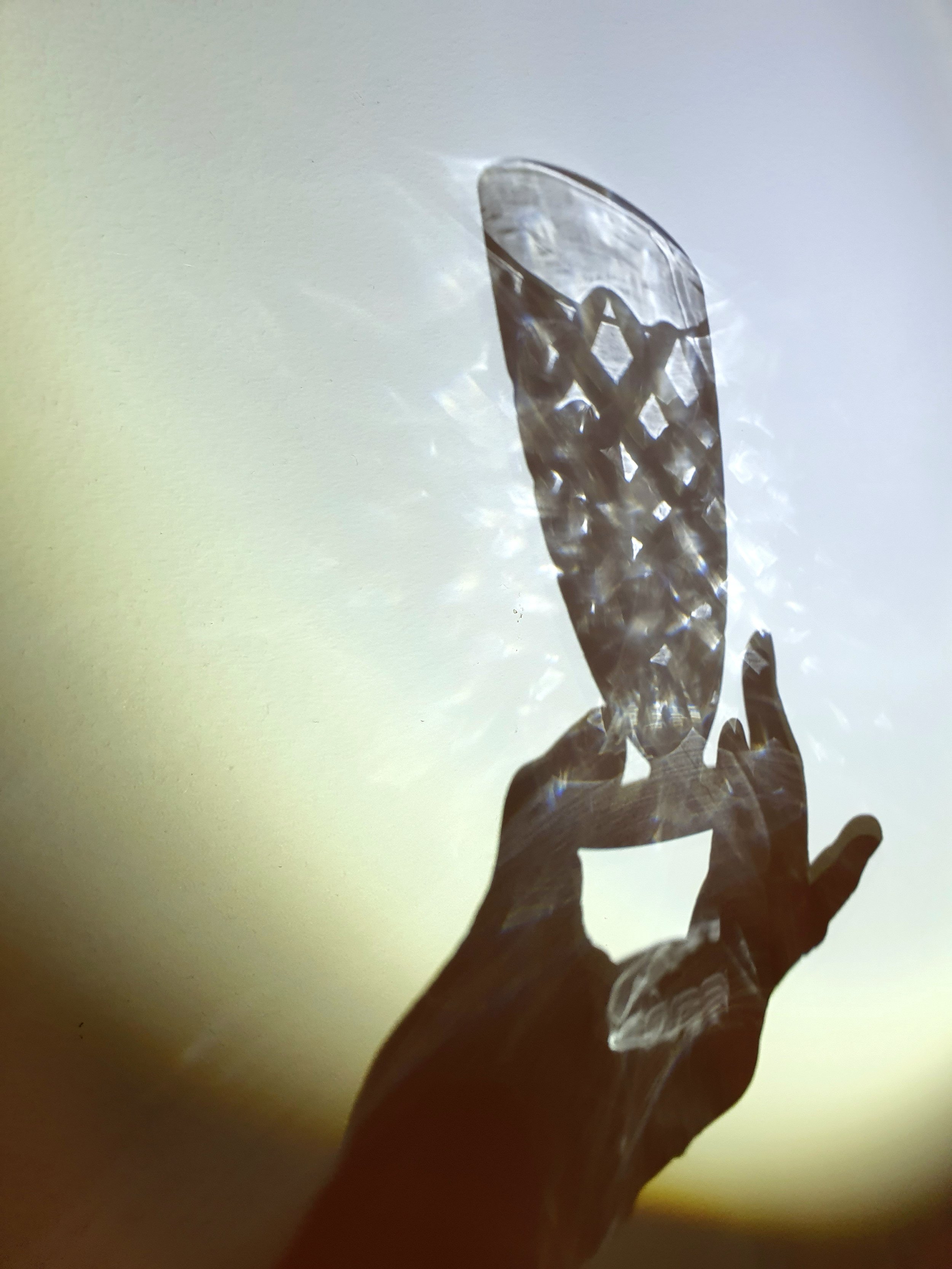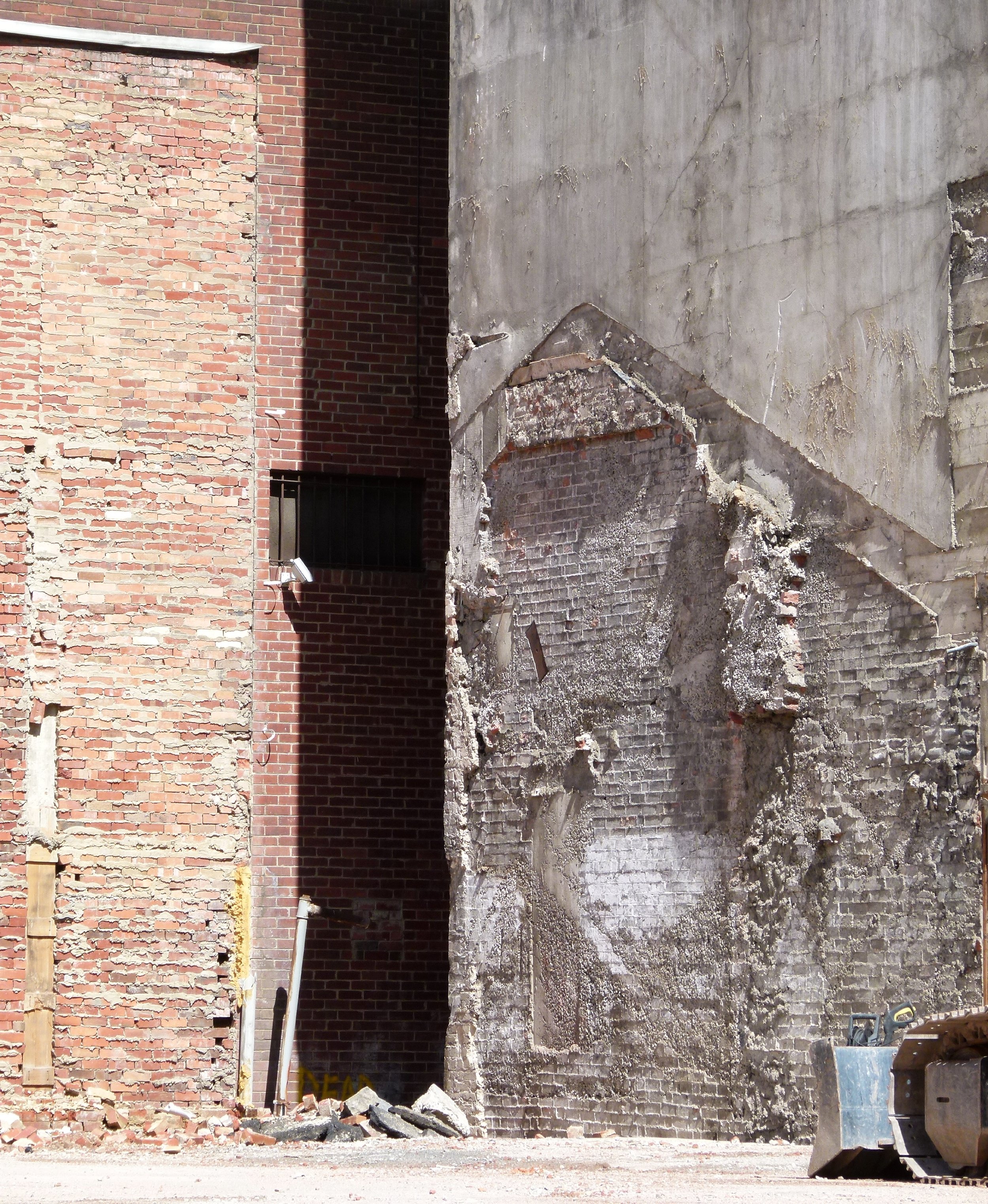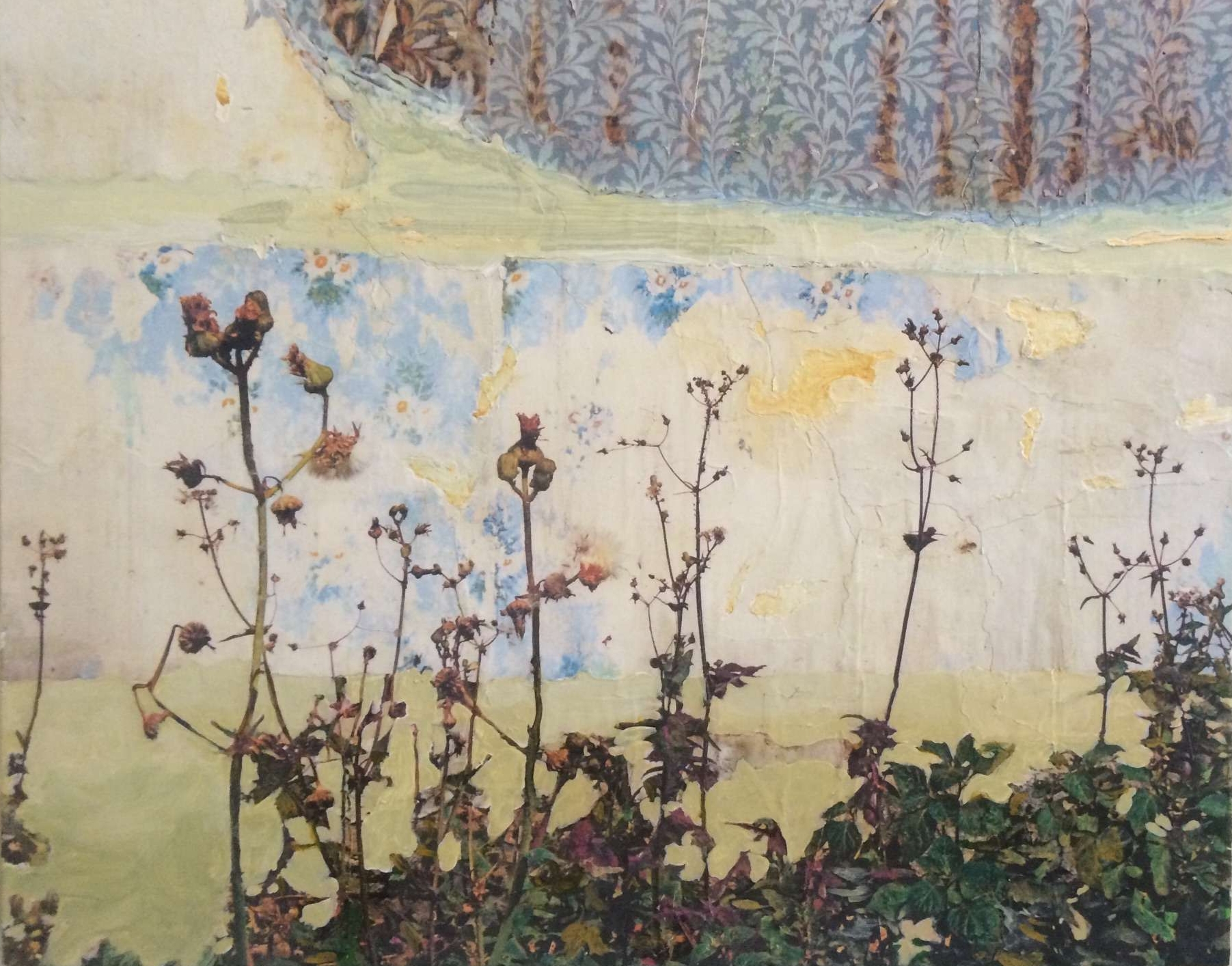Not many people who visit Murano go past the glass shops and the glass museum. But only 100 metres further along the canal you can find the quiet, ancient Basilica di Santa Maria e Donato. It was begun in the 7th century, when Murano was settled by people from the mainland, escaping the barbarian invasion after the roman empire collapsed. As Murano flourished as a salt production and trading centre, the church was rebuilt in the 12th century but still in byzantine influenced style, with a splendid mosaic floor of multicoloured porphyry, serpentine and other precious stones and a lovely golden and blue mosaic of Our Lady in the apse. The polychrome stone floor mosaics have recently been restored and most interestingly, according to the information provided, they are full of medieval symbolism that was meant to be "read" while walking along "paths" that we now don't notice because of the chairs covering much of the floor.
The designs are byzantine influenced and draw on platonic thought: particularly circles ( representing the divine which has no beginning nor end) and the square( representing the human dimension enclosed within its limits) believed the circle, the square and the hexagon
Some symbols were geometric, done in panels of Opus Sectile mosaic of stone cut to geometric shapes; others were images of medieval creatures made up of the small coloured pieces called Opus Tasselatum and representing various religious ideas.
Useful information panels detailed the whole floor design, for anyone wanting to re-enact their own medieval religious trail.
Gazing up at the mosaic of Mary, I missed the sarcophagus containing the supposed relics of Saint Donato, plundered by a 12th century Doge from Cephalonia in Greece.
I reproduce some of the information for those who won't be able to visit Murano.
And some examples of the medieval bestiary.
Part of "The Way of Salvation": peacocks representing sacredness and drinking cup representing divine grace.
Part of "The Way of baptism"; the Eagle Christi represents regeneration and holds a small birds representing human weakness from which baptism is believed to rescue people


















































